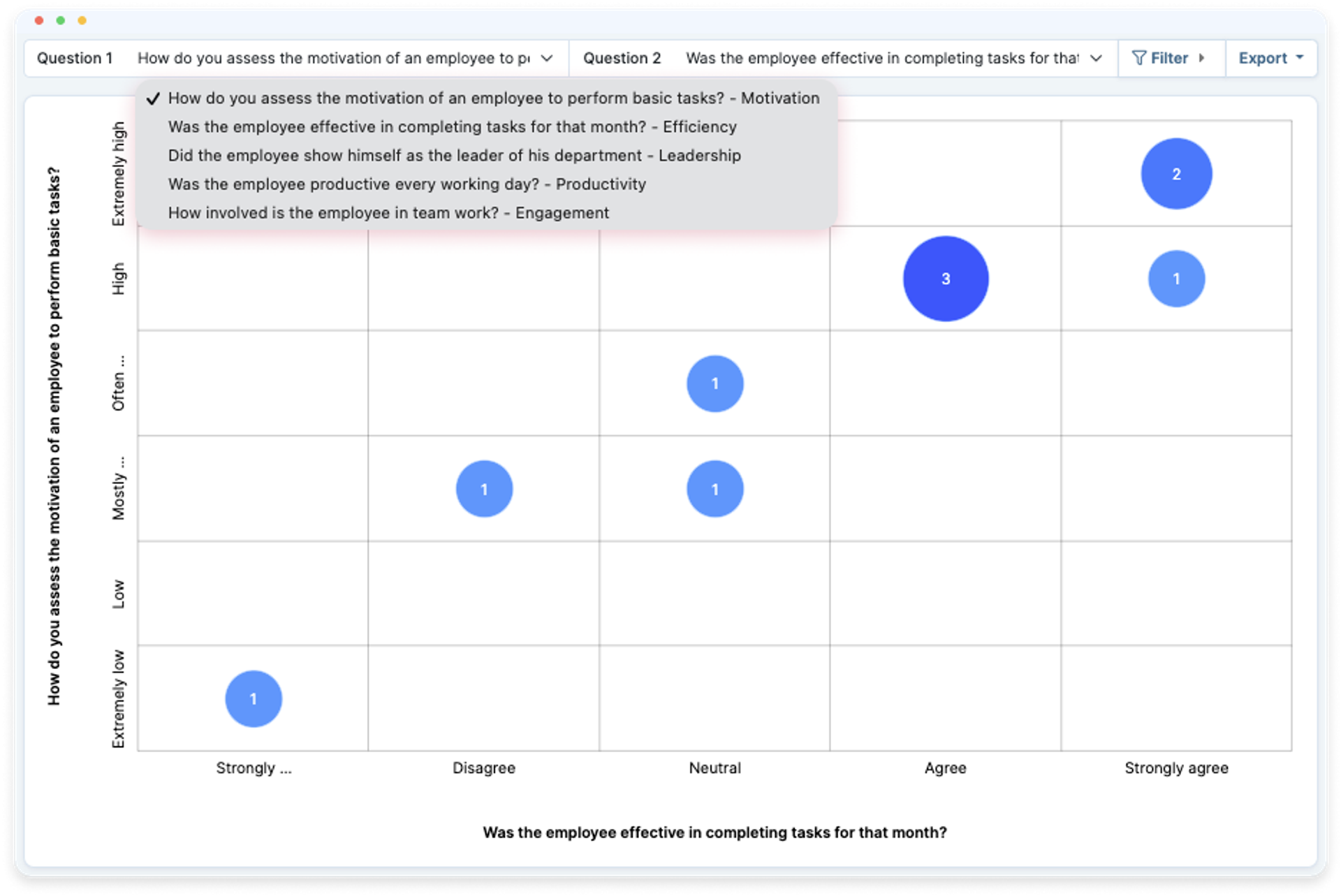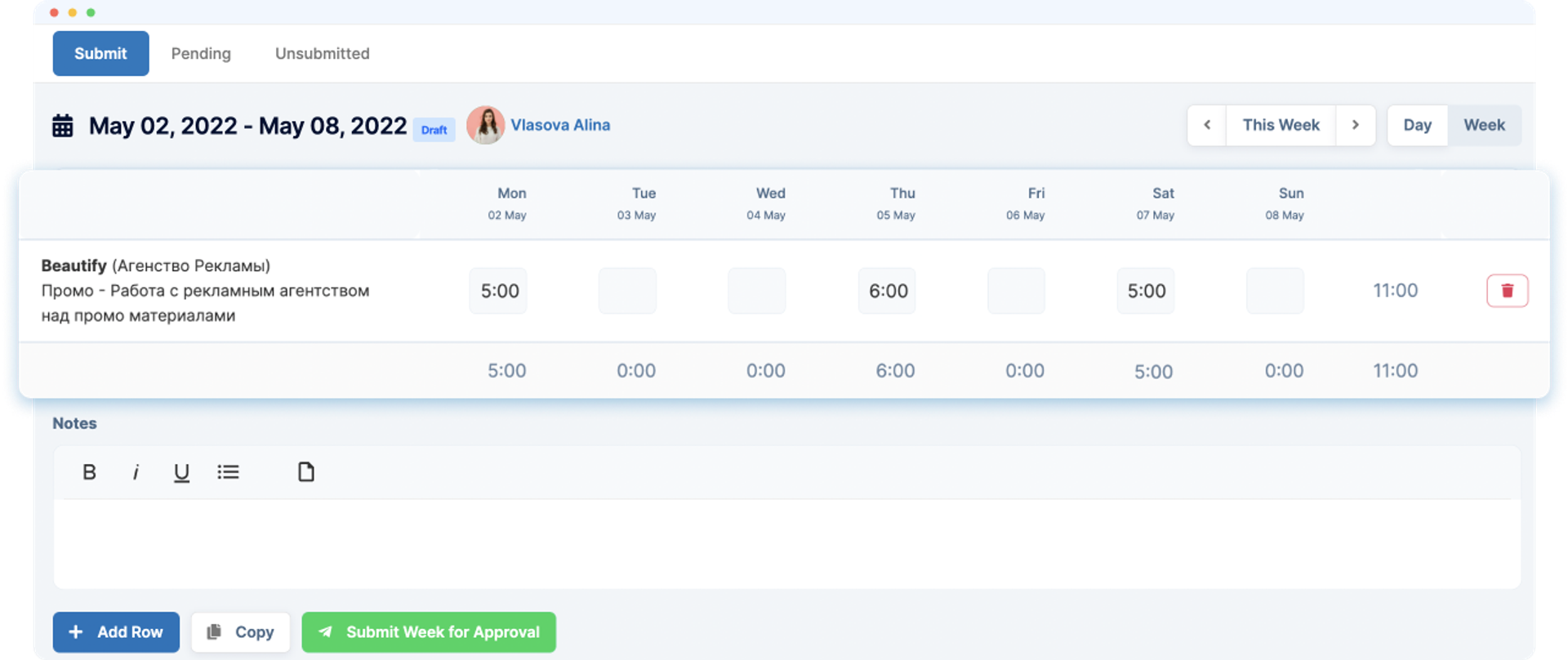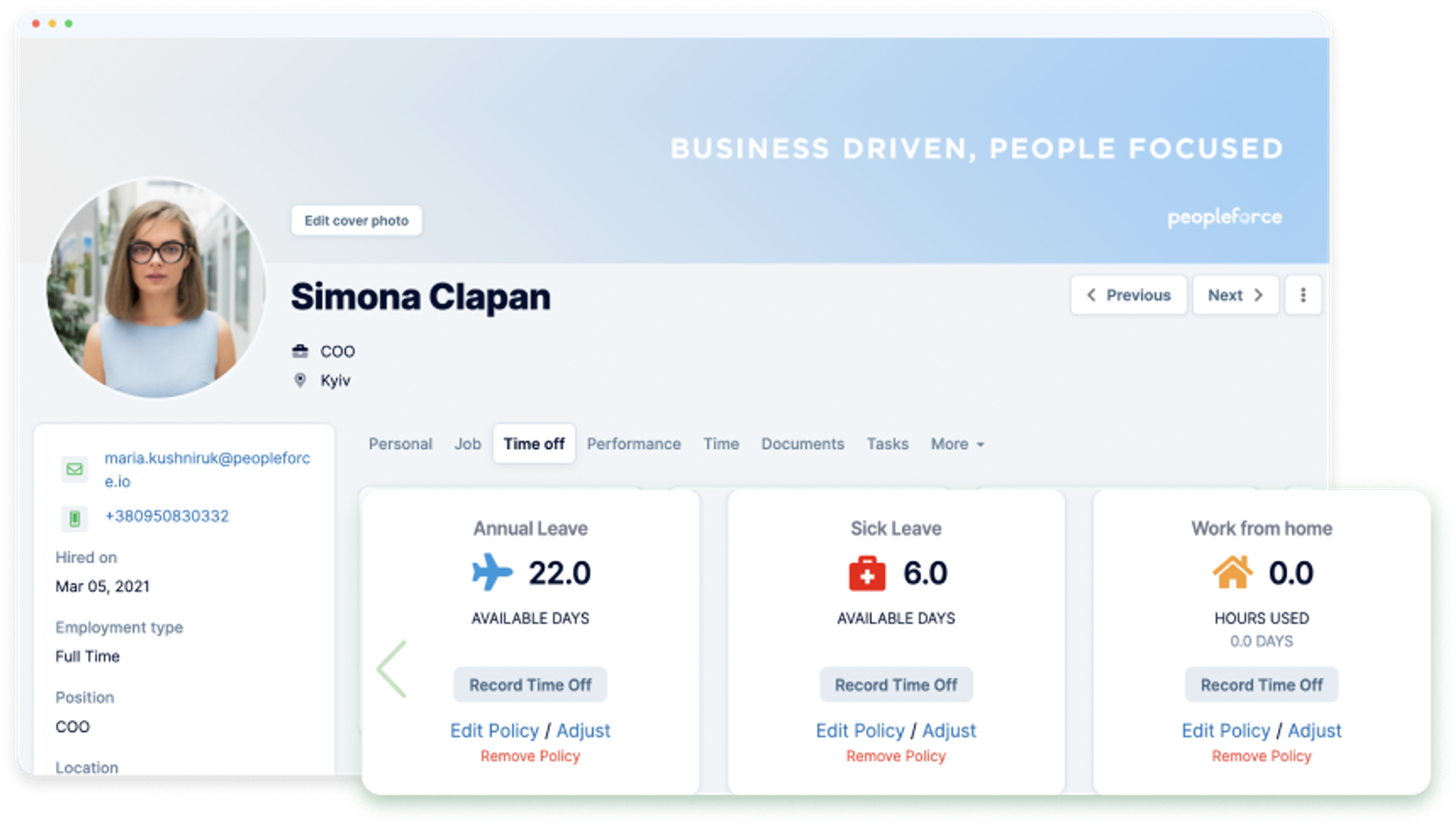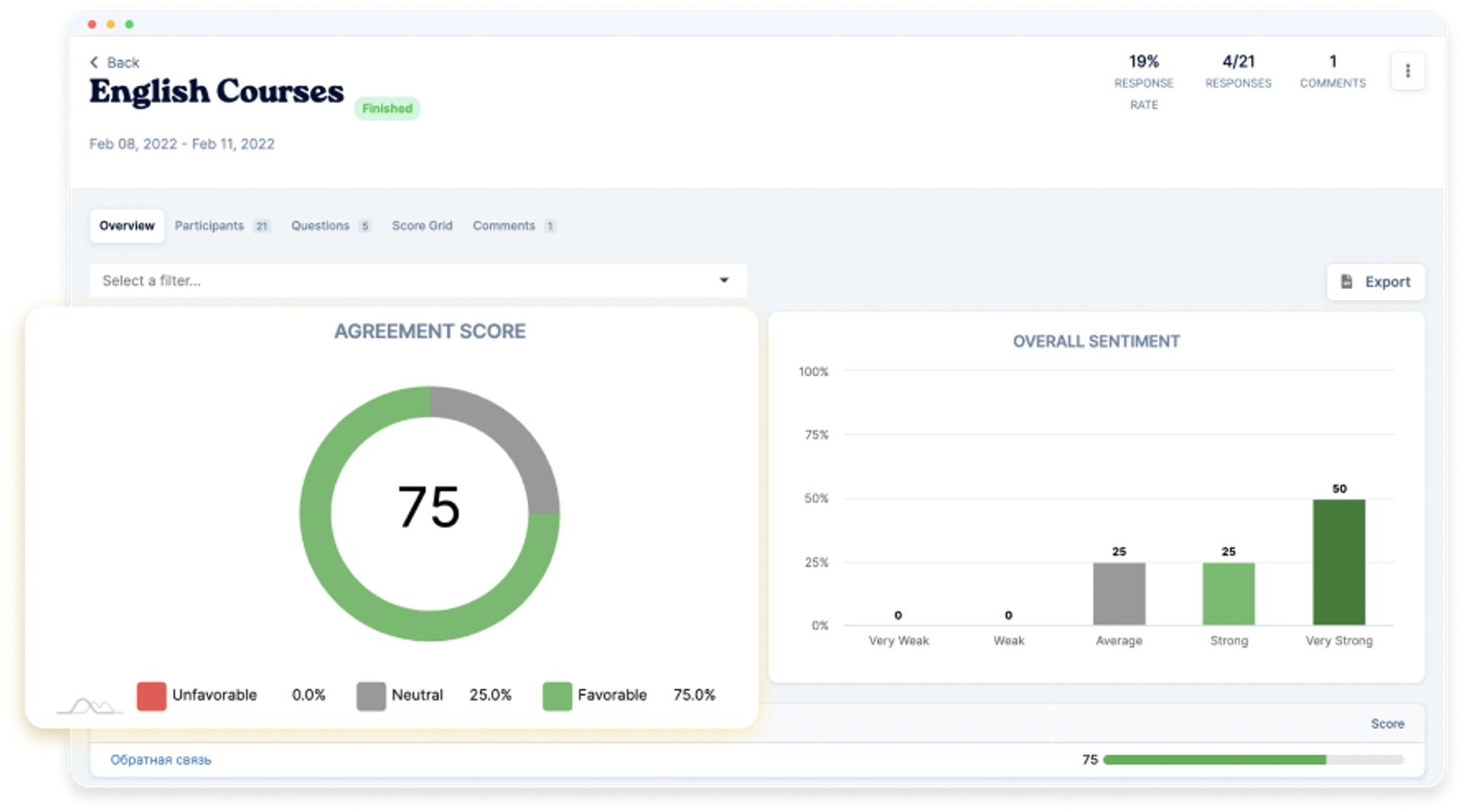
5 HR trends and tools that will be useful to you in early 2023
Trends in HR are constantly changing, but 2022 broke all records for the most important events. In response to changes in society, corporate trends also need to change. One thing remains the same: the future of any company depends on its ability to recognize and develop top talent. Leaders will be challenged like never before. But what else is in store for us at the end of 2022? And perhaps a glimpse into 2023?
Here are five major trends that we predict will take center stage in the life of an HR professional. But we wouldn't be us if we left you without specific HR tools that can help you implement the trends in your life and work environment.
Trend 1: We will see increased investment in human capital due to the shortage of talent
Several factors play a role here. Firstly, the outflow of personnel from Eastern Europe to the West due to the war in Ukraine has a strong impact on the market. Specialists are leaving and it is not a given that they will continue to work in their former labor market. Millennials, the generation Z, are leaving. At the same time, a large number of baby boomers remain working in companies and organizations, and we are faced with the fact that the generation that was supposed to replace them is either abroad or still underdeveloped in terms of competencies.
On the other hand, countries such as Poland, Estonia, Germany, and others that are prioritized for migrants will face an oversupplied market but a shortage of qualified personnel. How to solve this problem? Forward-thinking companies will combat this trend by developing the abilities of the best players in the company in order to:
a) nurture staff who can train and lead newcomers
b) keep specialists from moving by developing them to higher positions
The HR department needs to create effective models to achieve staff retention rates and develop leadership in positions.
What does the HR sector have to offer?
Using tools such as the n-box matrix will significantly reduce uncertainty in the internal development of the team. As part of a Performance Review survey, it is able to compare several areas of work and employee competencies to identify those who are engaged and effective in order to further develop their abilities in the right direction for the company.

At the same time, the matrix is able to identify which employees are underperforming, in which area of work, and why. This will help to study burnout and retain employees.
Trend 2: Big brother is watching you. Remote work and hybrid schedule are no longer an employee's best friends
Trust issues are becoming a minefield for both employers and teams. Companies have been thinking about what to do in response to the remote work trend for a long time, and most have adapted to it using performance tracking tools. However, how long will it take before this leads to a loss of employee energy, burnout, and a deterioration in employer-team relations? Ultimately, managers will have to take a more strategic approach to measuring and evaluating the performance of each employee.
What does the HR sector have to offer?
While corporate culture used to be a certain luxury for a company, nowadays, and for the reasons mentioned above, it is becoming a necessity. When switching to an employee-centered corporate culture, it is important to build inherently trusting relationships with newcomers and "mastodons" of the team, to show that you are always open to dialogue. What you need for this:
An HRIS system that will allow you to keep all communication in one place. Communication with the team and its transparency are key nuances in building trusting relationships. The team should see what others are doing, what is happening in the team, and how the organizational structure is changing.
Project time management. This is one of the main alternatives to constant surveillance of employees. They can be asked to clearly delineate the timeframe of projects and deadlines to better understand the policy of non-interference but maintain high efficiency.

Monitoring of absence requests is available. This is an important element of the team's mental health. If an employee feels that he or she needs to take a break, your task is to facilitate this process. Therefore, automatic absence requests and the ability to adjust absence policies in the company are a great advantage for the end of 2022 and the beginning of 2023.

Trend 3: Sourcing through social media and 24/7 recruiting are coming to the fore
The shrinking availability of talent will lead to more sophisticated recruitment strategies on social media and other available platforms. AI tools will explore social media, allowing both you and your competitors to be much more effective at luring the best talent - even those who have been in a passive search. Therefore, you need to be faster and smarter to take the initiative, and have a plan B to continuously support and promote your employer brand.
What does the HR sector have to offer?
As a plan A, it's high time to use parsing tools that will help you quickly build a candidate database to work directly with it in the future, as well as use it for rehiring. The easiest way to work with candidates is through an ATS - an applicant tracking system that helps HR professionals clearly work through all stages of interaction with an applicant and establish communication without errors or misunderstandings. After all, this is bad for reputation - from the very first contact, a person can already judge you as a trustworthy employer or vice versa.
But plan B can be a well-designed career website, which will duplicate all your vacancies, contain all the necessary information about the company, links, photos - in general, everything that will help make a first impression and give a little insight into the corporate culture and values. We bet your job sites can't do that ☺
Trend 4. "Employee comes first" - is this a true statement for 2023?
In 2020, something happened that some people have been waiting for all their lives - a shift in working relationships towards the power of the employee over the employer. Due to the pandemic, employees were able to blackmail their employers with dismissal if they refused to be flexible in their work schedule, take additional absences, etc.
The ability to reward and fire is no longer enough to return a manager to his or her former status quo. It is no longer enough to simply order employees to do what they are told. Many leaders ask: If I can't convince my team members to put in the effort to turn on the camera zoom, can I inspire them to show enough drive and determination to achieve the company's goals?
We absolutely agree that a company's culture should be focused on the employee as the main driving force of the team, but as of 2022, this statement is still too bold. Not all companies understand how important an employee is as an individual and why employee development will lead to high company performance. But 2023 promises to be a year of transformation in terms of corporate culture. Therefore, we bet that in early 2023, you will think about how to get the most out of your team, and how to learn to listen to them. If you haven't done so already.
What does the HR sector have to offer?
To learn how to listen to your team, you need to ask for their opinions on important topics. We've already talked about setting up communication. What about surveys? Ask yourself, how often do you conduct surveys within your team, and even more so, how often are the results of the surveys taken into account?
Pulse polls are a kind of team glue that should be perceived as something simple and everyday, like referendums in Switzerland and votes in Diia. Teach your team to express their opinions - and go beyond anonymous polls. Show them that they can write to the communication channels and use their voice as a full member and stakeholder of the team.

Trend 5. As many integrations with services as possible, because no one likes to wait
Agree, in 2022-2023, you don't want to log in two hundred times to log in somewhere, look for passwords to synchronize, or see that some system you are used to cannot be linked to your account in the desired service. You want to have everything at your fingertips for convenience, both for the team and for HR or hiring teams looking for new employees.
What does the HR sector have to offer?
Integration. Integrate everything you can - even better, find a system that offers a range of integrations and synchronizations with your favorite services. Any candidate or employee will be happy when their Google calendar reminds them of a meeting. In the morning, the team loves to see who they can chat with on Slack and who is off today. Customize these features and remember that such details add up to a bigger picture of employee care.
Why should you pay attention to the trends of 2023?
We have made a kind of forecast for the upcoming business year and predicted what you need to think about now when planning Q1 of your business. After all, that will form the basis for the start of the new year. You can see that the trend of corporate culture and employee pressure on managers is something that needs to be worked on for more than a month. Perhaps these trends will force you to at least coordinate HR specialists to find solutions and possible first steps. You can also consider HRM systems that will cover most of the technical issues and tools we've mentioned to make sure your company is always on top of things. And if you still have questions about how to use the tools in your HRM system, you can always book a demo so that we can show you how to use them with specific examples.
Get started with PeopleForce today
Automate your HR routine to create a high performance culture in your company. PeopleForce is your best HRM alternative to stay business driven but people focused.

Recent articles
🎉 PeopleForce Wrapped 2025: a year of HR magic
2025 wasn’t just about shipping features — it was about making HR work better at scale. Let’s unwrap everything we built together.
OKRs vs. KPIs: Choosing the right framework
Unsure when to use OKRs or KPIs? Learn how to choose the right framework to maximize your team’s success.
Why OKRs feel like hell (and how to make them simple)
Why OKRs feel like chaos: missed goals, messy reviews, and burnout. Learn how to simplify goal-setting and reclaim clarity quickly.

